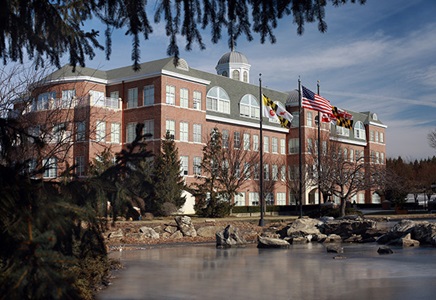Reconstructive Plastic Surgery Overview
What is reconstructive plastic surgery?
Reconstructive plastic surgery is done to correct facial and body abnormalities caused by birth defects, injury, disease, or aging. Usually, the goal of reconstructive plastic surgery is to improve body function. However, reconstructive plastic surgery may also be done to create a more normal appearance and improve self-esteem (this may also be called cosmetic surgery). Abnormal structures of the body may result from:
- Injury
- Infection
- Developmental abnormalities
- Birth defects
- Disease
- Tumors
Who are candidates for reconstructive plastic surgery?
Generally, 2 types of people have reconstructive plastic surgery, including:
- People with birth defects (including cleft lip, craniofacial anomalies, or hand deformities)
- People with deformities (including those due to an accident, infection, disease, or aging)
Possible complications associated with reconstructive plastic surgery
Any type of surgery carries some risk. People differ in their anatomy and their ability to heal. Depending on the type of surgery you have and your overall health, some complications and risks associated with reconstructive plastic surgery may include:
- Infection
- Excessive bleeding
- Bruising
- Difficulty in wound healing
- Anesthesia problems
- Surgery problems
Risk of complications may increase if you:
- Smoke
- Have connective-tissue damage
- Have skin damage from radiation therapy
- Have decreased circulation at the surgery site
- Have HIV
- Have an impaired immune system
- Have poor nutritional habits
There may be other risks depending on your specific medical condition. Be sure to discuss any concerns with your healthcare provider before the procedure.
Reconstruction after Breast Cancer | Pam's Story
After turning to Johns Hopkins for a second opinion after her breast cancer diagnosis, Pam Vierra says her reconstruction changed her life, leaving her in better shape than ever.
How to prepare for reconstructive plastic surgery
You may require multiple procedures done in several stages.
There are a number of areas in plastic surgery that may be either or both reconstructive or cosmetic, depending on your situation. For example, eyelid surgery (blepharoplasty) may be a procedure done for cosmetic improvement, as well as to correct eyelids that are drooping severely and obscuring vision.








